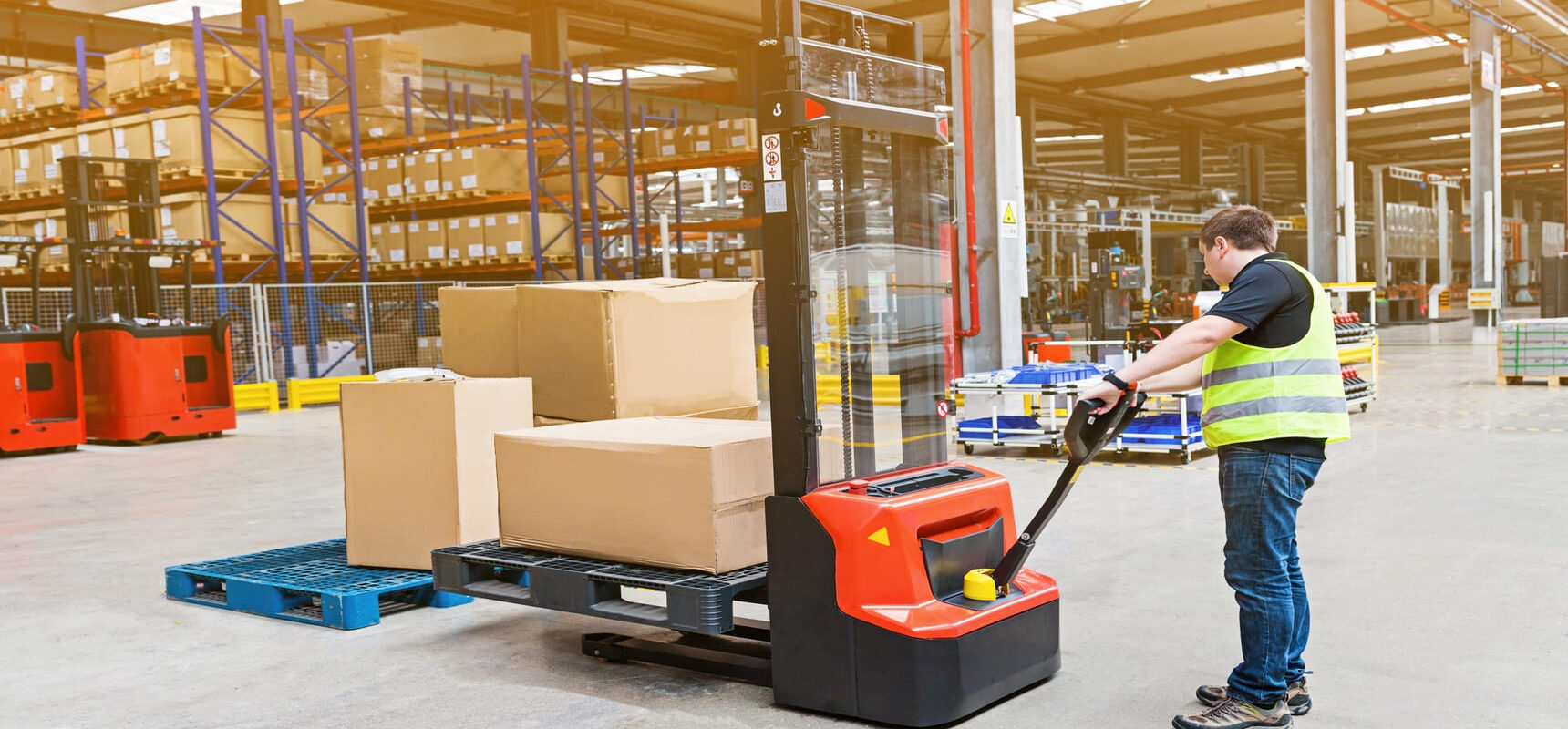Common Misperceptions in Warehousing

Warehouses are often perceived as simple storage facilities, but they are integral to the efficiency of modern supply chains and logistics. Beyond storing goods, they serve as hubs for inventory management, order fulfillment, and streamlined distribution. Despite their critical role in countless industries, misconceptions about their function, efficiency, and cost persist. These misunderstandings can lead businesses to overlook the full potential of warehousing solutions. In this blog, we’ll debunk common myths and shed light on the true value of modern warehousing in today’s economic infrastructure.
1. Warehousing Is Only About Storage
One of the most widespread myths is that warehousing is simply about storing goods. While storage is an important aspect, warehousing is much more than that. Modern warehouses are complex facilities offering a wide range of services, including inventory management, order fulfillment, cross-docking, packaging, and even value-added services like quality control and assembly. A good warehouse is not just a place to store goods but a hub for logistics operations designed to streamline the supply chain.
2. All Warehouses Are the Same
Not all warehouses are created equal, and assuming that any warehouse can serve the same function is a mistake. There are different types of warehouses designed for specific needs, such as cold storage for perishable goods, bonded warehouses for imported goods, and distribution centers that focus on product sorting and shipping. Depending on the nature of the goods being stored and the logistical requirements, businesses need to choose the right type of warehouse that meets their specific needs. A one-size-fits-all approach doesn’t work in warehousing.
3. Warehousing Is a Small Part of the Economy
Warehousing is far from a small industry—it plays a vital role in global trade, e-commerce, and manufacturing. With thousands of businesses relying on efficient storage and distribution, it supports millions of jobs and keeps supply chains running smoothly. As demand for faster deliveries and smarter logistics grows, warehousing remains a key pillar of economic infrastructure.
4. Warehouse Operations Are Always Smooth
Another common misconception is that warehouse operations run smoothly without hiccups. In reality, managing a warehouse involves many challenges, from inventory management issues to labor shortages and unexpected disruptions like weather events or supply chain delays. Even the most well-run warehouse must adapt to unforeseen circumstances and be prepared for troubleshooting problems quickly. Efficiency in warehousing comes from anticipating these challenges and having systems in place to mitigate them.
4. Warehousing Costs Are Always High
Some businesses hesitate to outsource warehousing services due to the misconception that it’s always costly. However, the costs associated with warehousing can vary greatly depending on the location, size, services required, and the length of time goods need to be stored. Short-term warehousing solutions, such as on-demand or temporary storage, can be an affordable option for businesses that don’t require long-term space. Moreover, outsourcing to a third-party logistics provider (3PL) can help businesses reduce operational costs by avoiding the need to invest in infrastructure and manage day-to-day operations.
6. Warehouses Are Only for Large Businesses
Many smaller businesses believe that warehousing is reserved for large corporations with extensive inventory needs. This is a misconception. Today, warehousing solutions are available for businesses of all sizes, from startups to large enterprises. For smaller businesses, using shared warehousing spaces or working with a 3PL provider can offer cost-effective solutions without the overhead of owning a warehouse. Warehousing services can be tailored to fit the needs of businesses of any scale.
7. Manual Processes Are Still the Norm
A common misconception in warehousing is that manual labor and outdated systems are still the standard. In reality, automation is becoming increasingly vital in modern warehouses of all sizes. Technologies like Automated Storage and Retrieval Systems (ASRS), robotics, and real-time inventory tracking are revolutionizing operations, improving efficiency and accuracy. Automation doesn’t just benefit large companies—it helps smaller businesses too, allowing them to save resources and optimize operations. Furthermore, the integration of modern Warehouse Management Systems (WMS) is seamless, requiring minimal disruption and eliminating the need for massive overhauls. With these advancements, warehouses can operate with fewer manual tasks, reducing human error and boosting overall performance.
8. Warehouses Are Just About Storing Finished Goods
While warehouses are commonly used for storing finished products, they also play a crucial role in storing raw materials and intermediate goods. In fact, warehouses often serve as a buffer for goods waiting to be processed, packaged, or distributed. For manufacturers, warehouses are essential for storing components, parts, and materials that are used in the production process. This is especially important in industries like automotive manufacturing, where parts need to be stored and organized efficiently to meet production deadlines.
Common 3PL Misconceptions
1. 3PL is Only for Large Companies
Many assume that only large businesses benefit from 3PL services. However, 3PL solutions are flexible and cost-effective for companies of all sizes, offering scalable storage and distribution options.
2. 3PL Providers Are Always More Expensive
While 3PL providers may seem costly upfront, the savings on labor, facility maintenance, and inventory management can make outsourcing more affordable than maintaining in-house warehousing.
3. 3PL Providers Have Limited Control Over Operations
Some believe that 3PL providers can’t efficiently manage warehouse operations. In reality, many 3PLs offer advanced systems that provide businesses with greater visibility, control, and accuracy in their warehouse and inventory management processes.
You may be interested in

4PL Logistics: The Ultimate Guide to Fourth-Party Logistics
In today’s fast-paced, globalized supply chain landscape, businesses need more than just logistics execution—they need strategic supply chain optimization. That’s where Fourth-Party Logistics (4PL) comes in. Unlike traditional 3PL (Third-Party Logistics). which focuses on specific functions like warehousing or transportation, a 4PL provider acts as a single integrator, managing the entire supply chain while leveraging […]

Key Trends Shaping the Future of Warehousing Services
The warehousing industry is experiencing significant changes. As technology advances, consumer demands evolve, and logistics strategies shift, warehousing services must adapt to remain competitive. In this article, we explore the key trends shaping the future of warehousing services and how businesses can stay ahead in a rapidly changing landscape. 1. Automation: Driving Efficiency in Warehouses […]

Choosing the Right Straight Truck for Your Business
Selecting the appropriate vehicle is crucial for efficient operations in various industries. One popular option is the straight truck, known for its versatility and practicality. This guide delves into what a straight truck is, its types, dimensions, capacities, advantages, and essential considerations to help you make an informed decision for your business needs. What is […]